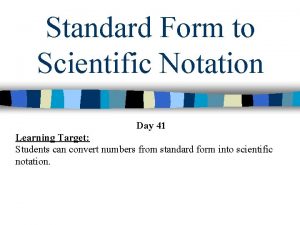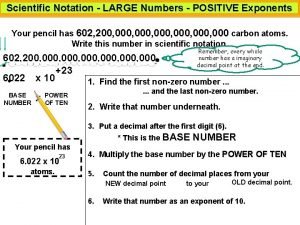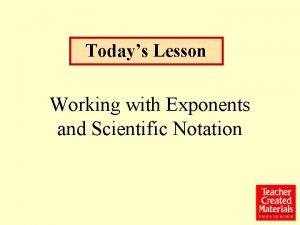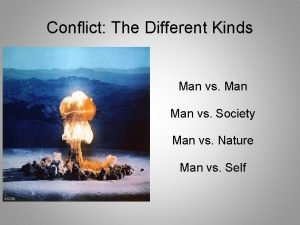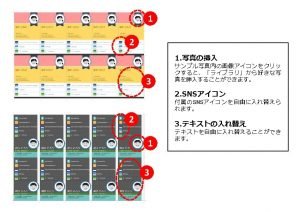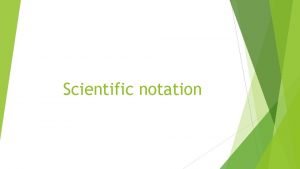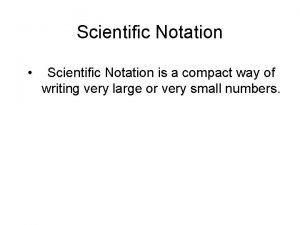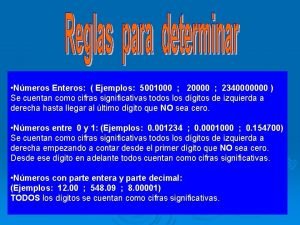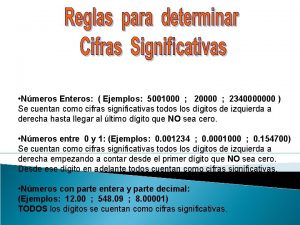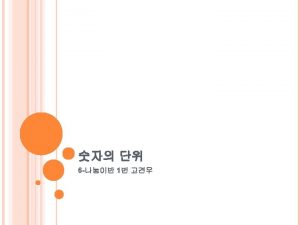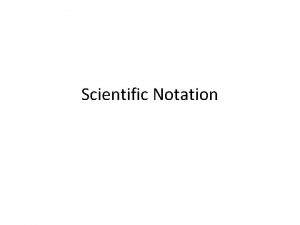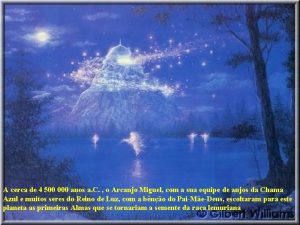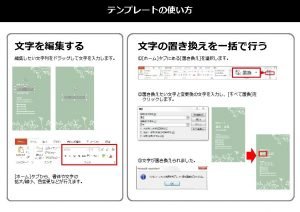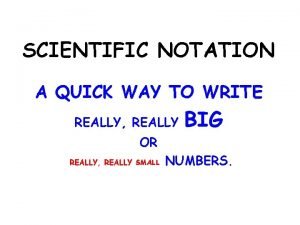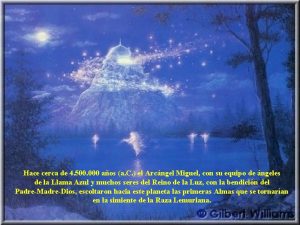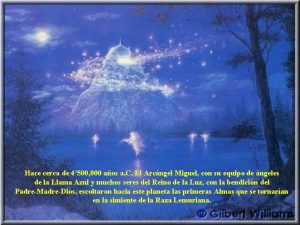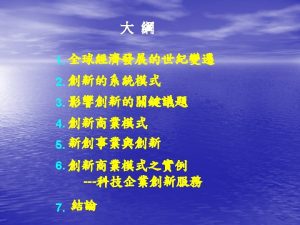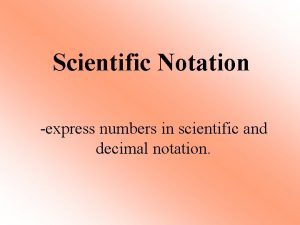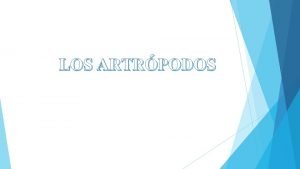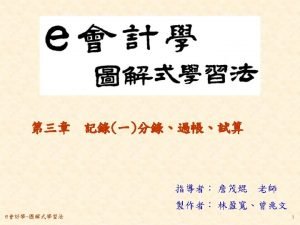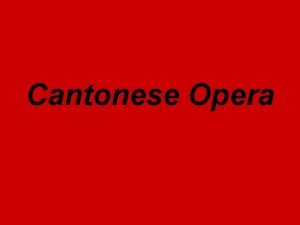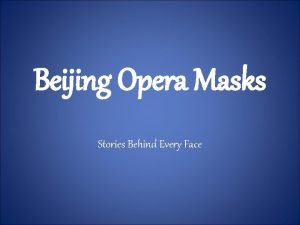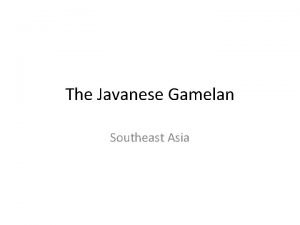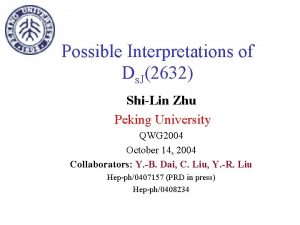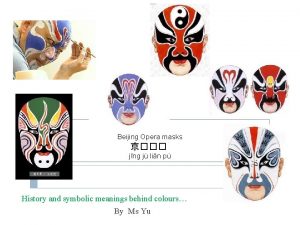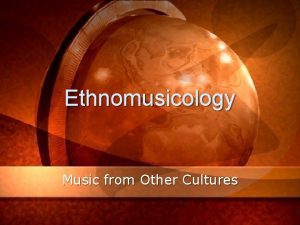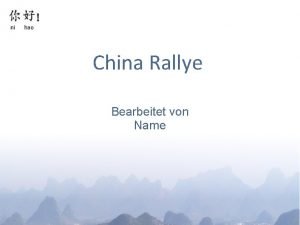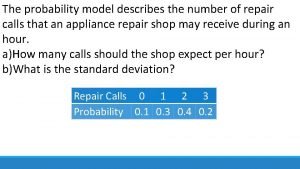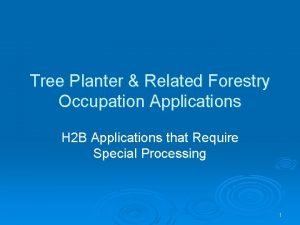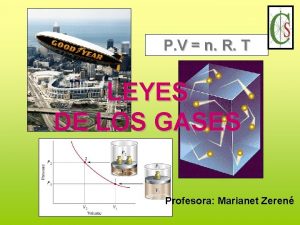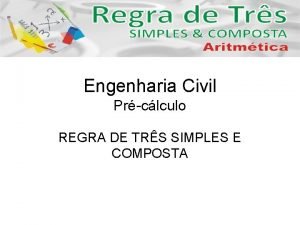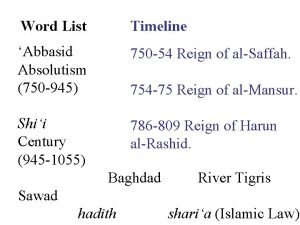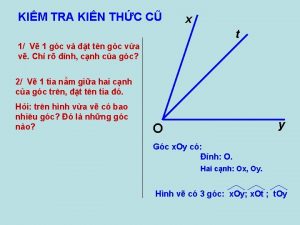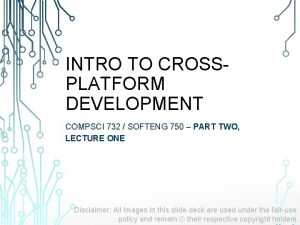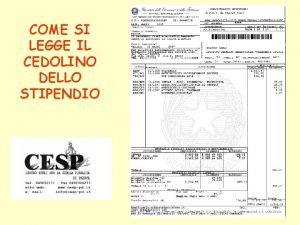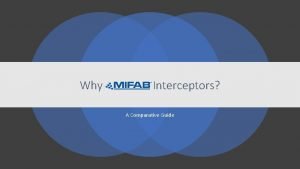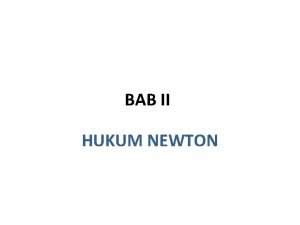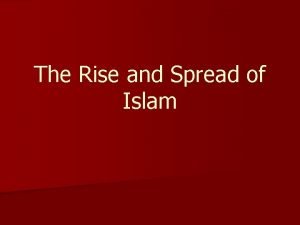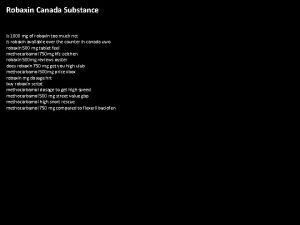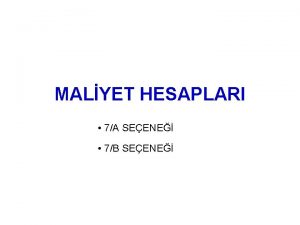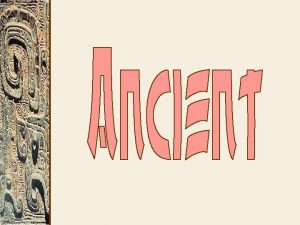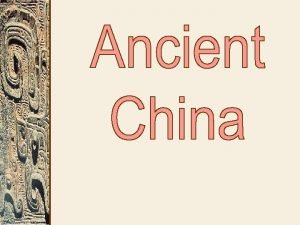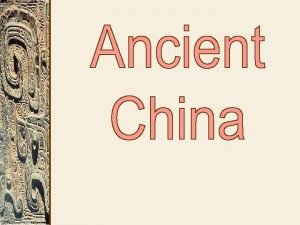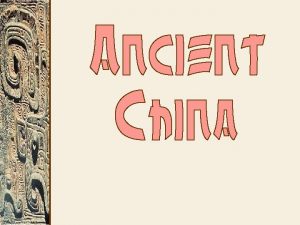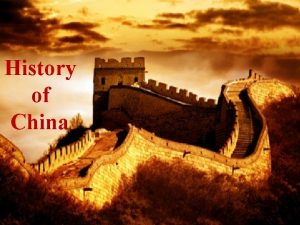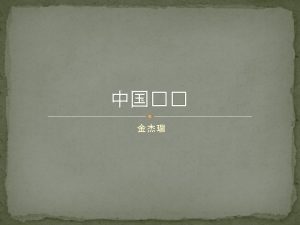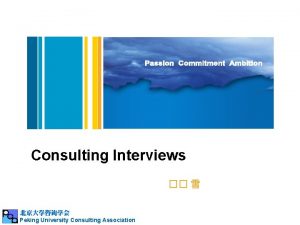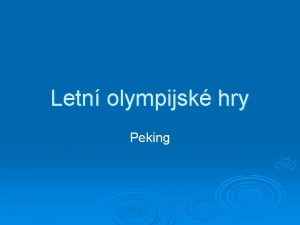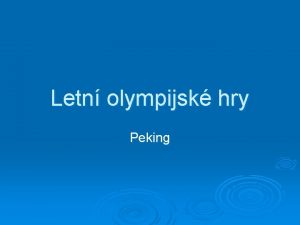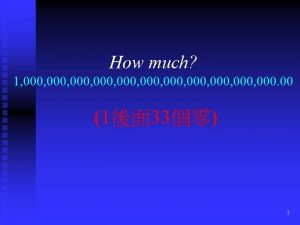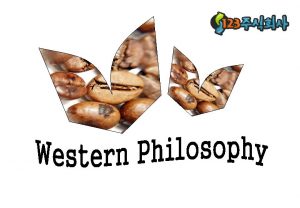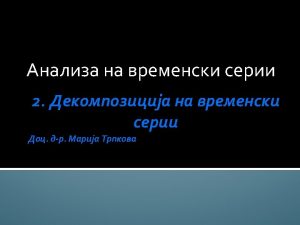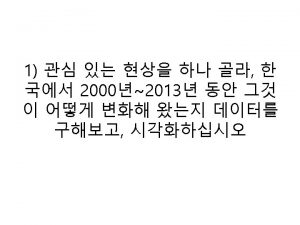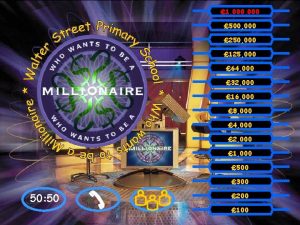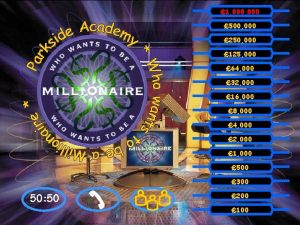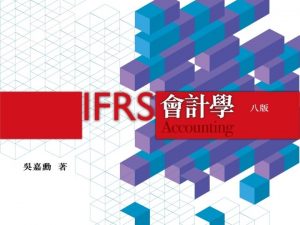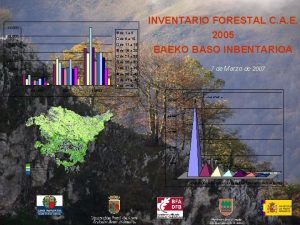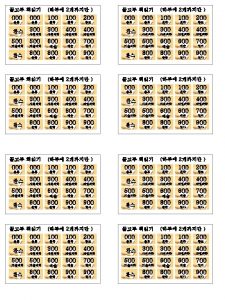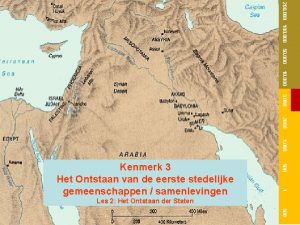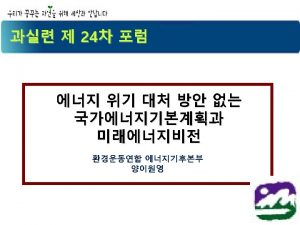His 1 Part 1 Peking Man 750 000

















































![* Not sure when he died. [604 B. C. E. - ? ] * * Not sure when he died. [604 B. C. E. - ? ] *](https://slidetodoc.com/presentation_image_h2/4b0773fe32d97a1ce209eb32cc4ac579/image-50.jpg)

![1. Dao [Tao] is the first-cause of the universe. It is a force that 1. Dao [Tao] is the first-cause of the universe. It is a force that](https://slidetodoc.com/presentation_image_h2/4b0773fe32d97a1ce209eb32cc4ac579/image-52.jpg)



- Slides: 55

His 1 Part 1


“Peking Man” (750, 000 – 500, 000 BCE) Sinanthropus pekinesis

Yellow River Civilization

Neolithic Pottery 3000 BCE to 2000 BCE

The 4 Old-World River Valley Cultures

Pan-Gu: Mythical Creator of the Universe

“Chung Kuo” (The “Middle Kingdom”)


Yu, the Great – Founder of the Hsia

“Huangdi” – Emperor § The “Yellow Emperor. ” § Legend has it that he ruled for over 100 years. § Associated with the invention of wheeled vehicles, ships, armor, pottery, and silk-making.

Emperor Fuxi § Mythical Hsia ruler. § Taught the Chinese how to read and write, according to legend.

Hsia Plaque, 1700 BCE


Bronze Age Empires

Shang: 1523 -1028 BCE

Oracle Bones

Oracle Bones Calendar

The Evolution of Chinese Writing during the Shang Pictographs Semantic-Phonetics

Axe Scepter – 1100 BCE jade Ceremonial Dagger – 1028 BCE

Shang Urn

Shang Bronzes

Ritual Wine Vessel – bronze, 13 c BCE


Western Zhou: 771 BCE 1027 -

Eastern Zhou: BCE 771 -256

Ritual Food Vessel, bronze 11 c BCE (Western Zhou)

Pendant of a Dancer jade 3 c BCE (Eastern Zhou)

Ritual Wine Vessel – 4 c bronze, silver, gold, copper

Zhou Coins bronze

“T’ien Ming” The Mandate of Heaven 1. The leader must lead by ability and virtue. 2. The dynasty's leadership must be justified by succeeding generations. 3. The mandate could be revoked by negligence and abuse; the will of the people was important.

Start here Emperor is defeated !! Rebel bands find strong leader who unites them. Attack the emperor. Poor lose respect for govt. They join rebels & attack landlords. A new dynasty comes to power. The emperor reforms the govt. & makes it more efficient. The Dynastic Cycle Droughts, floods, famines occur. Lives of common people improved; taxes reduced; farming encouraged. Problems begin (extensive wars, invasions, etc. ) Taxes increase; men forced to work for army. Farming neglected. Govt. increases spending; corruption.

His 1 Part 1 Religion


* 551 – 479 B. C. E. * Born in the feudal state of Liu. * Became a teacher and editor of books.

Li --> Rite, rules, ritual decorum (Binding force of an enduring stable society) Ren --> humaneness, benevolence, humanity Shu --> Reciprocity, empathy Do not do unto others what you would not want others to do unto you. Yi --> Righteousness Xiao --> Filial Piety (Respect your elders!)

1. Ruler Subject 2. Father Son 3. Husband Wife 4. Older Brother Younger Brother 5. Older Friend Younger Friend

* Status * Age * Gender

* The single most important Confucian work. * In Chinese, it means “conversation. ” * Focus on practicalities of interpersonal relationships and the relationship of the role of rulers and ministers to the conduct of government.

* Knowing what he knows and knowing what he doesn’t know, is characteristics of the person who knows. * Making a mistake and not correcting it, is making another mistake. * The superior man blames himself; the inferior man blames others. * To go too far is as wrong as to fall short.



* 372 - 289 B. C. E. * Disciple of Confucius. * Starts off with the assumption that “people are basically good. ” * If someone does something bad, education, not punishment, is the answer. ä Good people will mend their ways in accordance to their inherent goodness.

INDIA CHINA 1. Brahmin 1. Scholar-Gentry 2. Kshatriyas 2. Peasants 3. Vaishyas 3. Artisans 4. Shudras 4. Merchants Untouchable s Soldiers Imperial Nobility Domestic Slaves


* 280? - 233 B. C. E. * Han Fe Zi. * Lived during the late Warring States period. * Legalism became the political philosophy of the Qin [Ch’in] Dynasty.

1. Human nature is naturally selfish. 2. Intellectualism and literacy is discouraged. 3. Law is the supreme authority and replaces morality. 4. The ruler must rule with a strong, punishing hand. 5. War is the means of strengthening a ruler’s power.

One who favors the principle that individuals should obey a powerful authority rather than exercise individual freedom. The ruler, therefore, “cracks his whip” on the backs of his subjects!

![Not sure when he died 604 B C E * Not sure when he died. [604 B. C. E. - ? ] *](https://slidetodoc.com/presentation_image_h2/4b0773fe32d97a1ce209eb32cc4ac579/image-50.jpg)
* Not sure when he died. [604 B. C. E. - ? ] * His name means “Old Master” * Was he Confucius’ teacher?

* The basic text of Daoism. * In Chinese, it means. The Classic in the Way and Its Power. * Daoism is the belief of living in harmony with nature * Angkor Wat is a Khmer Temple
![1 Dao Tao is the firstcause of the universe It is a force that 1. Dao [Tao] is the first-cause of the universe. It is a force that](https://slidetodoc.com/presentation_image_h2/4b0773fe32d97a1ce209eb32cc4ac579/image-52.jpg)
1. Dao [Tao] is the first-cause of the universe. It is a force that flows through all life. 2. A believer’s goal is to become one with Dao; one with nature. [“The butterfly or the man? ” story. ] 3. Wu wei --> “Let nature take its course. ” --> “The art of doing nothing. ” --> “Go with the flow!” 4. Man is unhappy because he lives acc. to man-made laws, customs, & traditions that are contrary to the ways of nature.

Toescape the “social, political, & cultural traps” of life, one must escape by: 1. Rejecting formal knowledge and learning. 2. Relying on the senses and instincts. 3. Discovering the nature and “rhythm” of the universe. 4. Ignoring political and social laws.

* Feminine * Masculine * Passive * Active * Darkness * Light * Cold * Warmth * Weak * Strong * Earth; Moon * Heaven; Sun

How is a man to live in a world dominated by chaos, suffering, and absurdity? ? Confucianism --> Moral order in society. Legalism --> Rule by harsh law & order. Daoism --> Freedom for individuals and less govt. to avoid uniformity and conformity.
 What is 97 000 in scientific notation
What is 97 000 in scientific notation 602 200 000 000 000 000 000 000 in scientific notation
602 200 000 000 000 000 000 000 in scientific notation 71 000 in scientific notation
71 000 in scientific notation Man vs society meaning
Man vs society meaning 090-0000-0000
090-0000-0000 Express 4,980,000, 000 in scientific notation.
Express 4,980,000, 000 in scientific notation. Scientific notation
Scientific notation 2,340,000,000
2,340,000,000 2340000000
2340000000 110-000-110 & 111-000-111
110-000-110 & 111-000-111 100,1000,10000
100,1000,10000 65 000 000 in scientific notation
65 000 000 in scientific notation 4 500 000 000
4 500 000 000 1 000 000 0000
1 000 000 0000 Micro nano pico
Micro nano pico 450 000 000 in scientific notation
450 000 000 in scientific notation 347 000 in scientific notation
347 000 in scientific notation 1 600 000 000
1 600 000 000 1,000 x 3,000
1,000 x 3,000 Auld lang syne lemuria
Auld lang syne lemuria 4 500 000 000
4 500 000 000 4 500 000 000
4 500 000 000 240 000
240 000 210 000 in scientific notation
210 000 in scientific notation Quelicerata
Quelicerata 60 000 000
60 000 000 4 000 000
4 000 000 Cantonese opera music
Cantonese opera music Zhang fei mask
Zhang fei mask Reka jangcekjang
Reka jangcekjang Give at least three time keeping or punctuating instruments
Give at least three time keeping or punctuating instruments Ds peking
Ds peking J.jng
J.jng Peking opera instruments
Peking opera instruments Reliefkarte china
Reliefkarte china A man buys a racehorse for $20 000
A man buys a racehorse for $20 000 What is eta 750
What is eta 750 Naugalube
Naugalube 750 ilcs 5/603
750 ilcs 5/603 P * v = n * r * t
P * v = n * r * t Army motor pool sop
Army motor pool sop Certa maquina trabalhando 5 horas por dia produz 1200
Certa maquina trabalhando 5 horas por dia produz 1200 945-750
945-750 1520-750
1520-750 Compsci 732
Compsci 732 Unit level maintenance
Unit level maintenance Partita di spesa fissa cedolino
Partita di spesa fissa cedolino 349 hangi yüzlüğe yuvarlanır
349 hangi yüzlüğe yuvarlanır Zurn
Zurn 877-750-4748
877-750-4748 Seorang kakek yang beratnya 750 n berada di sebuah elevator
Seorang kakek yang beratnya 750 n berada di sebuah elevator Seorang kakek yang beratnya 750 n berada di sebuah elevator
Seorang kakek yang beratnya 750 n berada di sebuah elevator 1258-750
1258-750 Round off 37
Round off 37 Picture of robaxin
Picture of robaxin 7b hesapları
7b hesapları
